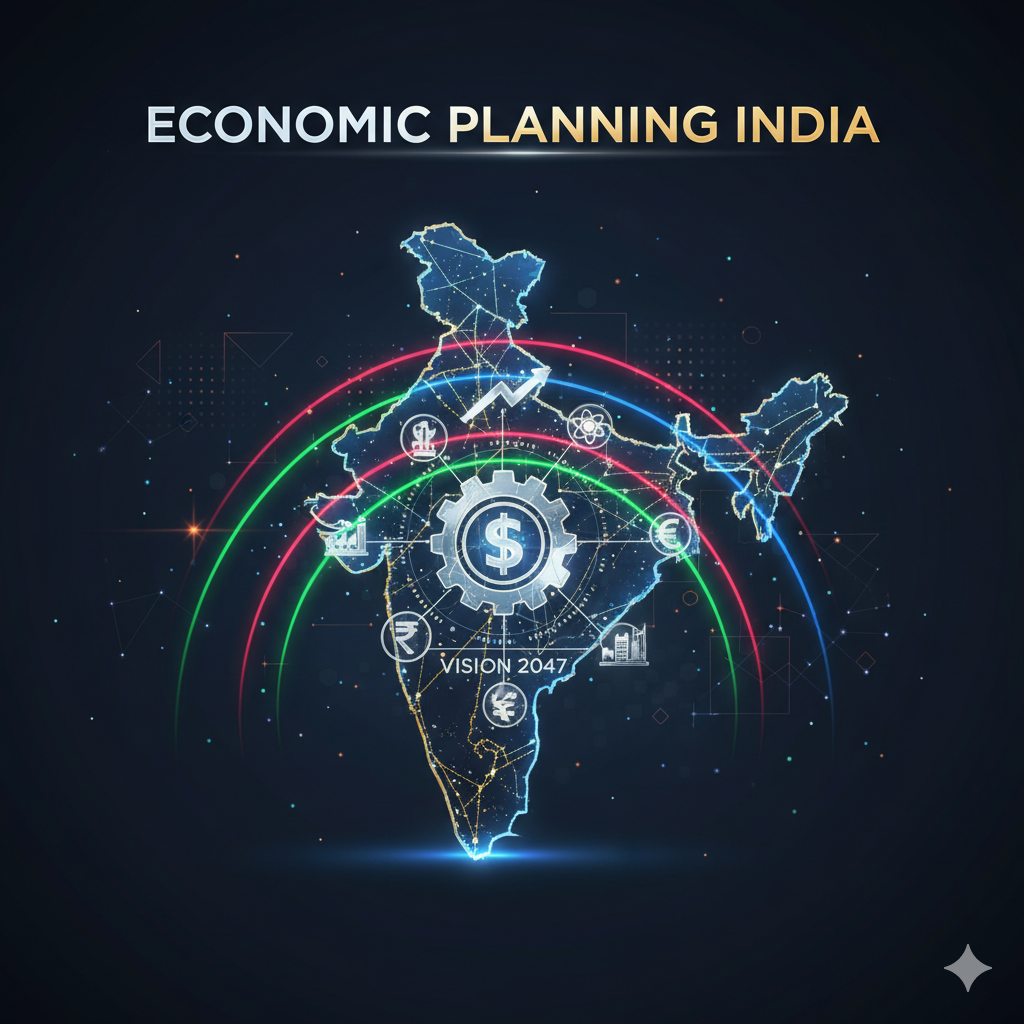Introduction
Economic growth has long been the primary goal of nations, driven by industrialization, urbanization, and technological advancements. However, rapid economic expansion often comes at the cost of environmental degradation, resource depletion, and social inequalities. The challenge of balancing economic growth with sustainability has led to the emergence of the concept of sustainable development—a model that ensures economic progress while preserving resources for future generations.
This essay explores the relationship between sustainable development and economic growth, examines whether they can coexist, and discusses policies and strategies that can harmonize these two crucial goals.
Understanding Economic Growth and Sustainable Development
Economic Growth: Definition and Importance
Economic growth refers to the increase in a country’s production of goods and services over time, typically measured by Gross Domestic Product (GDP). It is essential for:
- Poverty alleviation – Higher incomes improve living standards.
- Job creation – Expanding industries generate employment.
- Technological progress – Innovation drives efficiency and productivity.
- Improved infrastructure – Economic growth enables better transportation, healthcare, and education.
However, unregulated economic growth can lead to:
- Environmental degradation – Deforestation, pollution, and climate change.
- Resource depletion – Overconsumption of non-renewable resources.
- Social inequalities – Unequal distribution of wealth and opportunities.
Sustainable Development: Definition and Principles
The Brundtland Commission (1987) defines sustainable development as “development that meets the needs of the present without compromising the ability of future generations to meet their own needs.”
Sustainable development focuses on three pillars:
- Economic Sustainability – Long-term economic stability without harming resources.
- Environmental Sustainability – Preserving ecosystems, biodiversity, and climate stability.
- Social Sustainability – Ensuring equity, justice, and improved quality of life.
The United Nations’ Sustainable Development Goals (SDGs) provide a global framework to balance economic growth with environmental and social priorities.
The Debate: Conflict or Coexistence?
The Argument for Conflict
Critics argue that sustainable development and economic growth are inherently conflicting due to the following reasons:
- Environmental Costs of Growth
- Industrialization and urbanization increase carbon emissions, deforestation, and pollution.
- The fossil fuel-based economy contradicts sustainability goals.
- Short-Term Profit vs. Long-Term Sustainability
- Businesses prioritize immediate profits over long-term ecological balance.
- Governments focus on GDP growth rather than environmental conservation.
- Resource Exploitation
- Over-extraction of natural resources like forests, minerals, and water for economic gains.
- Unsustainable agricultural and fishing practices deplete ecosystems.
- Market Failures and Externalities
- Economic activities often ignore environmental costs (e.g., air pollution, waste disposal).
- Lack of incentives for businesses to adopt eco-friendly practices.
The Argument for Coexistence
On the other hand, many experts argue that economic growth and sustainability can coexist through:
- Green Economy and Eco-Friendly Technologies
- Renewable energy (solar, wind, hydro) can replace fossil fuels.
- Green manufacturing reduces waste and emissions.
- Circular economy models promote recycling and reusability.
- Decoupling Growth from Environmental Harm
- Many developed nations have reduced carbon emissions while maintaining economic growth.
- Sustainable agriculture and water conservation improve efficiency without harming nature.
- Policy Interventions and Regulations
- Carbon taxes and environmental laws can limit pollution.
- Sustainable investment frameworks encourage green businesses.
- Corporate Social Responsibility (CSR)
- Companies increasingly adopt ethical and sustainable business practices.
- ESG (Environmental, Social, Governance) investing promotes responsible capitalism.
Example: Scandinavian countries like Sweden, Denmark, and Norway have successfully combined economic growth with sustainability.
Strategies to Achieve Sustainable Economic Growth
1. Transition to Renewable Energy
- Shift from fossil fuels to solar, wind, hydro, and bioenergy.
- Encourage energy-efficient industries and smart grids.
- Investment in research for cleaner alternatives (e.g., hydrogen fuel).
Example: Germany’s Energiewende policy promotes a renewable energy-based economy.
2. Circular Economy and Waste Management
- Minimize waste by recycling, reusing, and reducing.
- Promote biodegradable and eco-friendly products.
- Encourage zero-waste manufacturing industries.
Example: The European Union’s Circular Economy Action Plan focuses on sustainable production and consumption.
3. Sustainable Agriculture and Food Systems
- Reduce reliance on chemical fertilizers and pesticides.
- Encourage organic farming and precision agriculture.
- Address food wastage and promote sustainable diets.
Example: India’s Zero Budget Natural Farming (ZBNF) aims to reduce chemical dependency in agriculture.
4. Green Infrastructure and Urban Planning
- Develop eco-friendly cities with green spaces and efficient transport.
- Promote public transportation and electric vehicles.
- Encourage sustainable housing and smart cities.
Example: Singapore’s Green City Initiative integrates sustainability into urban development.
5. Carbon Pricing and Green Investments
- Implement carbon taxes to discourage high emissions.
- Encourage sustainable investments through green bonds and ESG policies.
Example: Canada and Sweden use carbon pricing mechanisms to curb emissions.
6. International Cooperation and Global Commitments
- Enforce global agreements like the Paris Climate Accord.
- Strengthen cooperation on clean energy research and climate finance.
Example: The United Nations Climate Change Conference (COP) promotes sustainability goals globally.
Challenges in Implementing Sustainable Economic Growth
1. Resistance from Industries and Governments
- Businesses often resist environmental regulations due to cost concerns.
- Governments fear that green policies may slow down economic growth.
2. Technological and Financial Constraints
- Developing countries lack access to clean technologies and financing.
- High costs of renewable energy infrastructure hinder adoption.
3. Inequality in Resource Distribution
- Wealthier nations have better access to sustainability resources.
- Poorer countries struggle with energy security and economic stability.
4. Lack of Public Awareness and Behavioral Change
- Consumer habits favor convenience over sustainability.
- Need for global campaigns on environmental responsibility.
The Future: Towards a Sustainable and Prosperous World
1. Innovations in Sustainable Development
- Advances in green technology will drive economic growth without harming the environment.
- AI and IoT (Internet of Things) can improve resource efficiency.
2. Role of Governments and International Organizations
- Stronger laws on climate change, pollution control, and corporate responsibility.
- Financial aid and technology transfer to developing countries.
3. Empowering Communities and Grassroots Movements
- Localized solutions like community-based conservation and eco-tourism.
- Increased participation of youth and civil society in sustainability initiatives.
Example: The Fridays for Future movement, led by Greta Thunberg, influences policies worldwide.
Conclusion
Sustainable development and economic growth are not mutually exclusive—they can coexist through responsible policies, technological innovations, and global cooperation. The transition to a green economy, renewable energy, circular economy, and eco-friendly urban planning is essential for a sustainable future.
While challenges remain, the shift towards sustainable growth is inevitable, ensuring prosperity for present and future generations. Governments, businesses, and individuals must collectively embrace sustainability to build a more resilient, equitable, and environmentally stable world.




